Surfing vs Stand-Up-Paddleboarding can be quite a controversial topic.
Many surfers dislike stand-up paddle boarders as they feel they steal all the waves, while stand-up paddlers argue that their boards are more versatile and can be used in more destinations than surfboards.
There are several differences between the two sports, ranging from board styles, ideal body position, required locations, and cost of equipment.
Below is a list of the biggest differences between the two sports.
Perhaps after understanding how they are different you will be able to decide which is best for you.
- Surfing vs SUP – 12 Differences
- Can a Surfboard Be Used for SUP?
- Can SUP Boards Be Used for Surfing?
- Do Skills Transfer Between Surfing and SUP?
- Is Surfing or SUP More Dangerous?
- Should You Wax SUP Boards?
- 3 Tips to Help You Choose Which Is Right for You
- Conclusion
- You Might Also Like…
Disclosure: this post contains affiliate links (clearly marked with ), which means we may earn a commission if you buy something through them, at no additional cost to you.
Surfing vs SUP – 12 Differences
1. Size of the Board
SUP boards are significantly larger than surfboards.
In most cases, they are longer, thicker, wider, and heavier.
SUP boards are often as long as 14 feet (4.3 m) and can be as wide as 3 feet (91 cm).
The dimensions of these boards will differ depending on their purpose, but as a general rule, they are than surfboards with a higher volume.
Surfboards, on the other hand, tend to be thinner with less volume. Ranging from 5 foot – 12 foot in length (1.5 – 3.6 m).
The reason for the difference in volume is due to the different body positions that are used for each sport.
2. Body Position
Although when riding a wave, your body position on both a SUP board and surfboard are much the same, the remaining time in the water is very different between the two sports.
Stand-up paddleboarding, as the name suggests, is done in the standing position at all times (except for those moments when you want to take a rest and sit down).
Surfing, on the other hand, is done mostly in the prone position, and it is only after popping up onto a wave that the rider is standing.
Furthermore, when standing on a surfboard, your body position remains, for the most part, constant (side-on with your toes facing the edge of the board and hips turned forward).
When on a SUP board, the rider will move from a toes-pointing-towards-the-nose-of-the-board position when paddling to a side-on stance when riding a wave.
It is precisely because a SUP will need to remain stable enough for you to stand on at all times – as well as change between the above-mentioned stances – that they tend to be large and with more volume.
3. Paddle Style
One of the biggest differences between surfing and SUP boarding (besides your body position) is the means of paddling.
Because stand-up paddleboarding requires you to remain standing, a paddle is used to generate speed.
As for surfing, paddling is done with your arms while lying in the prone position (on your stomach).
4. Equipment
When it comes to equipment between the two sports, the required items are almost identical.
Both sports require the correct board, a leash, a wetsuit, and either surf wax or a footpad.
The only difference in equipment is that, as mentioned above, a SUP will need a paddle.
5. Fin Setup
As the two sports have similar dynamics and purposes, the fin setups are similar.
That being said, because SUPs are larger, the ideal fins tend to be bigger.
This allows for more stability as the fins can dig deeper into the water.
SUP boards, unlike surfboards, do not traditionally use a twin fin setup. This is because twin fins lack the added control that a center fin provides.
6. Agility of Boards
Surfboards are significantly more agile than SUPs. The reason for this is due to their shape and size.
As mentioned above, surfboards tend to be shorter, narrower, and have less volume.
If you have ever surfed a shortboard and then attempted to surf on a longboard, you will have noticed how the larger board was more difficult to turn when paddling, as well as harder to maneuver when riding on a wave.
Taking this comparison and upping the size of the board to that of a SUP, it is easy to understand why SUPs are harder to control.
7. Location
The required locations for surfing and stand-up paddleboarding are different when looking at the extreme sides of the scale, but there is a large overlap where both can be done in the same place.
As for diversity, SUP boards can be used in a wide variety of locations.
Because of their design, it is possible to use a SUP in flat water such as a lake, river, or in the ocean where there are no waves.
Alliteratively, some SUP’s are designed for riding waves, and therefore can be used to surf in similar conditions to those you would ride with a longboard.
As for surfing, due to the sport’s nature, you will always need a wave to ride.
8. Type of Waves
Smaller waves are often not ideal for surfboards unless you are surfing with a longboard, and even in these cases, a SUP will perform better than a 10-foot longboard.
On the other hand, SUPs are not ideal in large surf as they are difficult to maneuver and can be challenging to get past the breaking waves.
Surfboards, particularly shortboards, are best suited for quick steep waves, while a stand-up paddleboard works best in long slow rolling breaks.
9. Getting Past the Break
Because you can’t duck dive on a SUP, getting past the waves is slightly more tricky than it is with a surfboard.
On a SUP, most riders tend to paddle around the breaking waves.
On a surfboard, it is easier to take a direct route as it is possible to go under the waves.
That being said, it is possible to take a more direct route on a SUP by paddling on your knees.
However, timing will be important as you do not want to be caught paddling out as the set waves roll in.
10. Ideal Position When Catching Waves
Another major difference between the two sports is the ideal position for catching a wave.
As a surfer, you will know how important it is to be in the correct place at the correct time.
This positioning and timing are one of the things that makes surfing a difficult sport, especially for beginners.
A major advantage that SUP riders have when surfing waves is that they can sit much further out than other surfers.
Because they are more buoyant, have paddles, and do not need to move from the prone to standing position, they can catch waves when they are less formed.
With this advantage, SUP riders have a much wider choice of wave.
It is also for this reason that many surfers dislike stand-up paddleboarders.
11. Price
Unless you are purchasing an inflatable SUP (which is great for flat water, but not ideal for wave riding), SUPs can be close to double the price of surfboards.
This price difference is mainly due to the larger size, as well as the added need for a paddle.
Surfboards cost between USD 500 to over USD 1000 new, while a SUP is generally in the USD 1000 and more region.
12. The Learning Curve
Which is easier to learn – SUP or surfing?
A common question when comparing surfing to other watersports.
As always, there is no correct answer as it often comes down to the individual.
When comparing surfing waves to learning how to paddle on a SUP in flat water, surfing will likely seem significantly harder.
As surfing comes with the need to learn how to get past the break, stand up, paddle, and read the waves, there is a lot more to learn.
Although using a SUP to surf waves still does not require you to pop up, it does come with its own challenges, such as not being able to duck dive under oncoming waves.
Can a Surfboard Be Used for SUP?
Surfboards cannot be used for SUP boarding.
The reason that they will not work is that their volume is significantly lower, and therefore they are less buoyant.
It is not possible to balance on top of the water on a surfboard while standing still (unless your board is massive and you are tiny).
Can SUP Boards Be Used for Surfing?
SUP boards can be used for surfing. However, they are far from ideal, and will not provide the best experience.
Because of their buoyancy, you will not be able to duck dive with a SUP, nor will you be able to control it properly without the paddle.
Furthermore, as SUPs are wide, it can be difficult to paddle with your arms, and therefore difficult to generate enough speed when paddling onto a wave.
Do Skills Transfer Between Surfing and SUP?
When using a SUP in flat water, very little of the skills you learn will transfer to surfing.
Even your balancing will not be the same, as on a SUP, while using the paddle, you will be facing forward, while surfing you will be side-on.
When using a SUP to surf waves, however, there are more transferable skills.
Reading the ocean, timing waves, turning while on a wave, and the stance while riding are all very similar, and therefore, learning one sport will help when learning the other.
Is Surfing or SUP More Dangerous?
Paddleboarding on a lake or river, the dangers of the sport are significantly less than surfing in the ocean.
Without the currents, waves, other surfers, and sea life to worry about, as long as you can swim, SUP boarding inland is relatively safe.
When done in the ocean, however, the dangers are much the same as they are with surfing. In this case, neither is more dangerous than the other.
Should You Wax SUP Boards?
Most SUPs will come with traction pads. These pads are the same as those you would use for your surfboard.
The only difference is that on a SUP the traction pad will be larger, often covering the majority of the board, while on a surfboard, it is often only the area that you would put your back foot which has a traction pad.
If your SUP does not have a traction pad, or you do not wish to use one, then it is important to properly wax your board.
This is done in the same way that you would wax your surfboard.
3 Tips to Help You Choose Which Is Right for You
If you find that you are interested in both surfing and SUP boarding, but only have the budget to choose one of the two, considering the following may help you make up your mind.
1. The Location You Can Access the Most
If you live far from the beach, or the ocean does not regularly produce surfable waves, a SUP may be the best answer.
Remember that you can use a SUP in flat water, both in the ocean and on an inland water body.
If you live close to the ocean and find that there are consistently large and powerful waves, surfing is a better choice (although this might not be best for surfing lessons).
2. Thrill Factor
If you are an adrenaline junky and your location is suited for high-intensity waves, you will find a lot more enjoyment from surfing as it is an extreme sport in rough conditions.
If you are more the laid-back type, and simply wish to spend some time gliding over the water, consider investing in a SUP instead.
3. Transport
Although it does not seem like a deciding factor, keep in mind that SUPs are much larger and therefore will require a roof rack or a large car to transport.
Depending on the location you will be surfing in, and your height and weight, a surfboard could easily fit inside a medium-sized car.
Conclusion
Surfing and stand-up paddleboarding are much the same when practiced in the ocean.
However, there are fundamentals such as the board size and your body position that put them apart. Not to mention the paddle used for paddleboarding.
Both watersports have their own advantages and disadvantages.
When deciding between the two, if possible, give both a try and decide what works best for you.
You Might Also Like…
-

Do Surfers Ride Switchfoot? 5 Benefits (& Why You Should Learn It)
-

Do Surfers Shave Their Legs? 5 Common Reasons (+Pros & Cons)
-

Do Surfers Wear Helmets? 8 Situations You Should Wear One (+4 Cons)
-

Do Surfers Poop in the Ocean? Myths & Facts (+5 Tips)
-
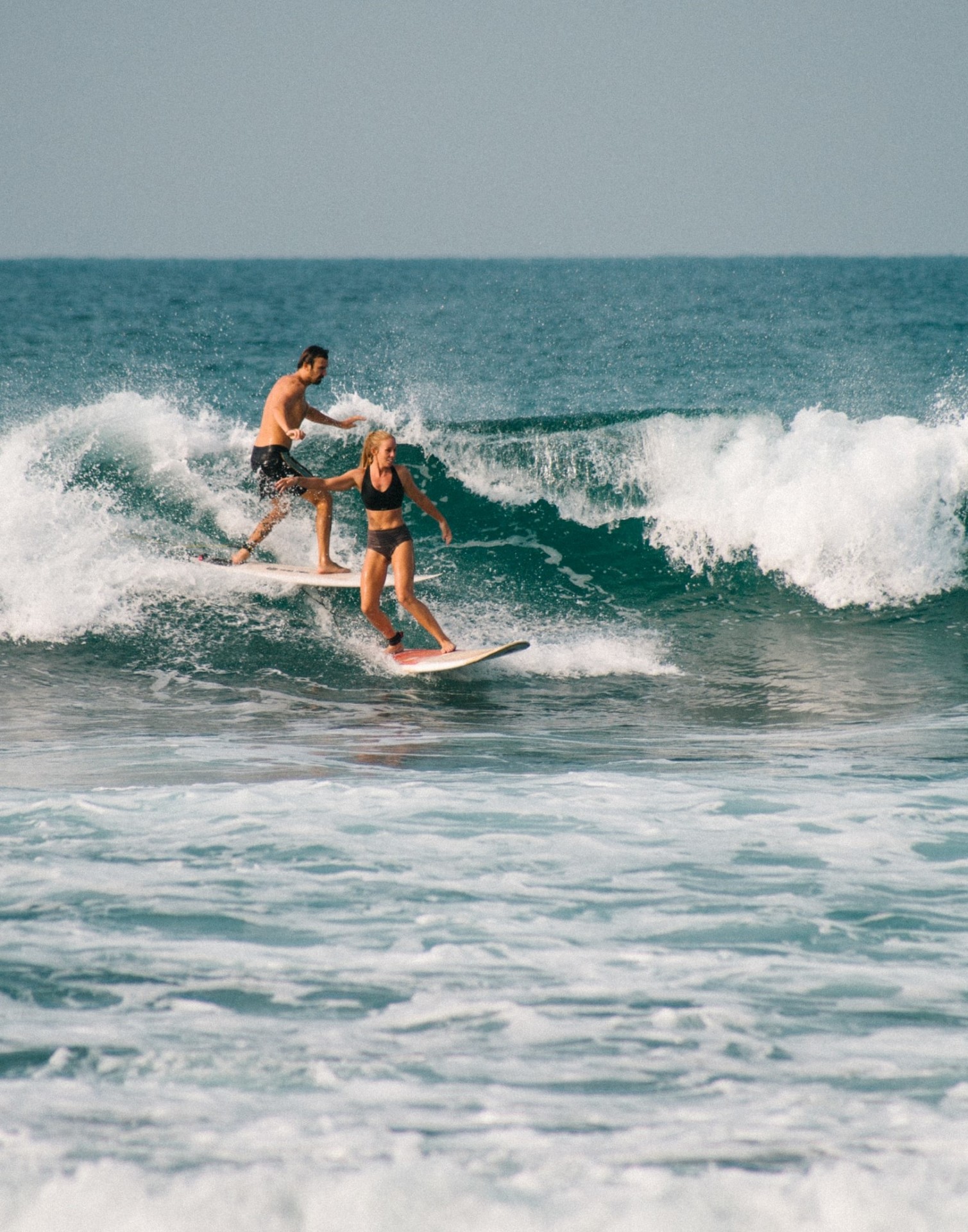
Do Surfers Run Into Each Other? 5 Common Reasons (+8 Tips)
-
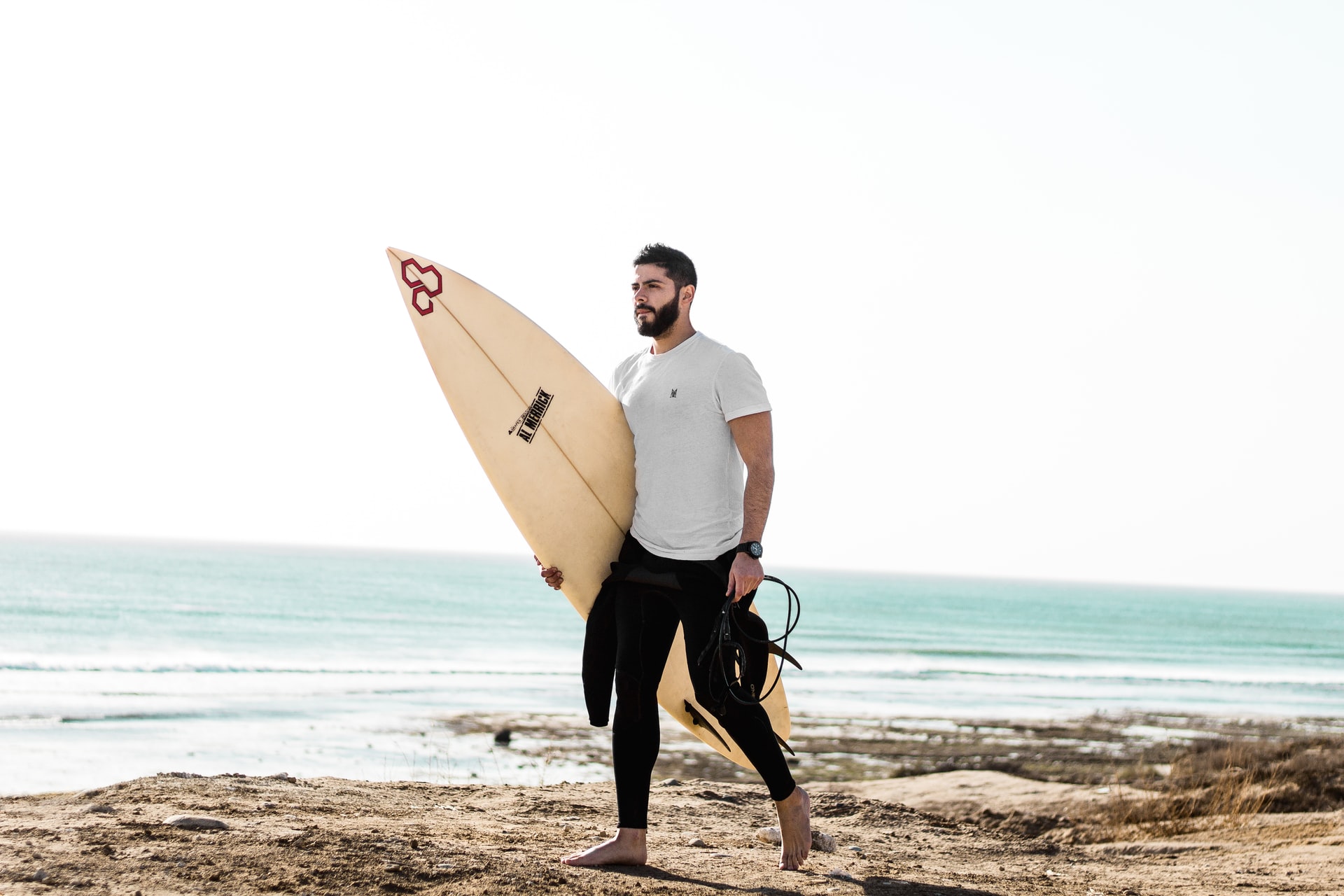
Do Surfers Have Beards? Pros & Cons You Should Know (+4 Tips)
-
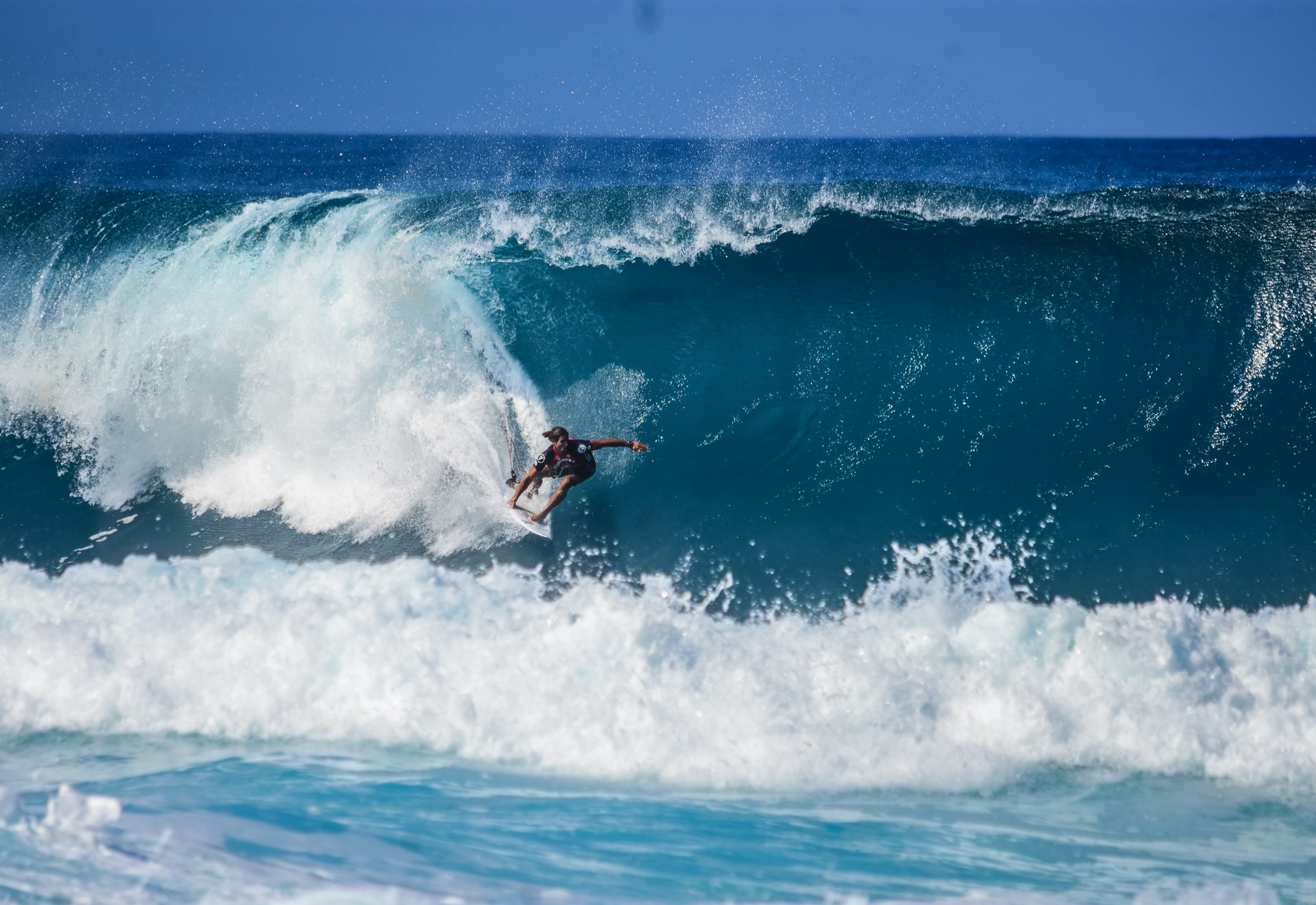
Do Surfers Like Constructive or Destructive Waves? (+Pros & Cons)
-

How to Surf Safely: 34 Crucial Tips (Every Surfer Should Know)
-
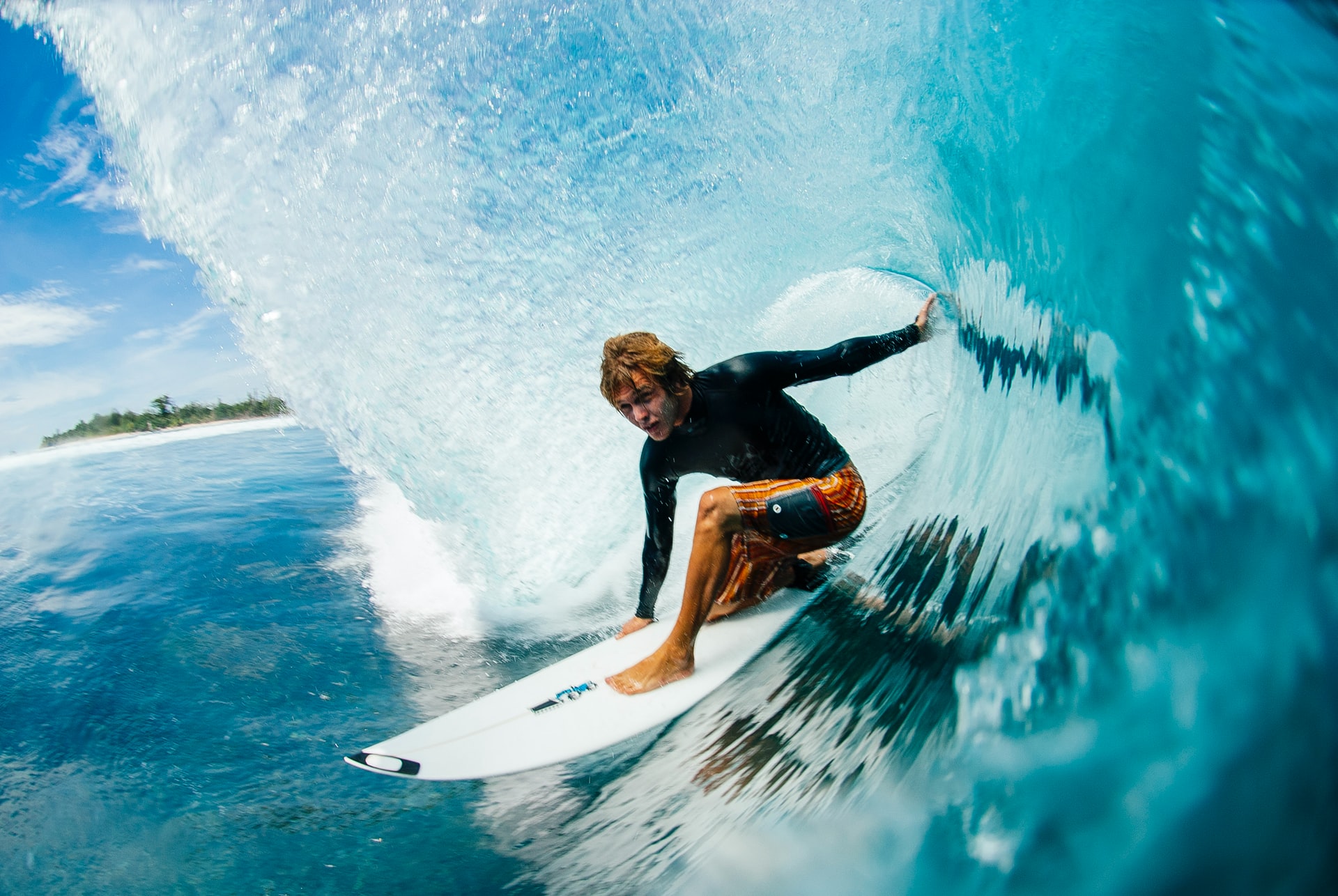
Do Pro Surfers Use Leashes? (+6 Reasons Why You Should Too)
-

Do Many Surfers Drown? Here Are the Facts (+4 Common Reasons)
-
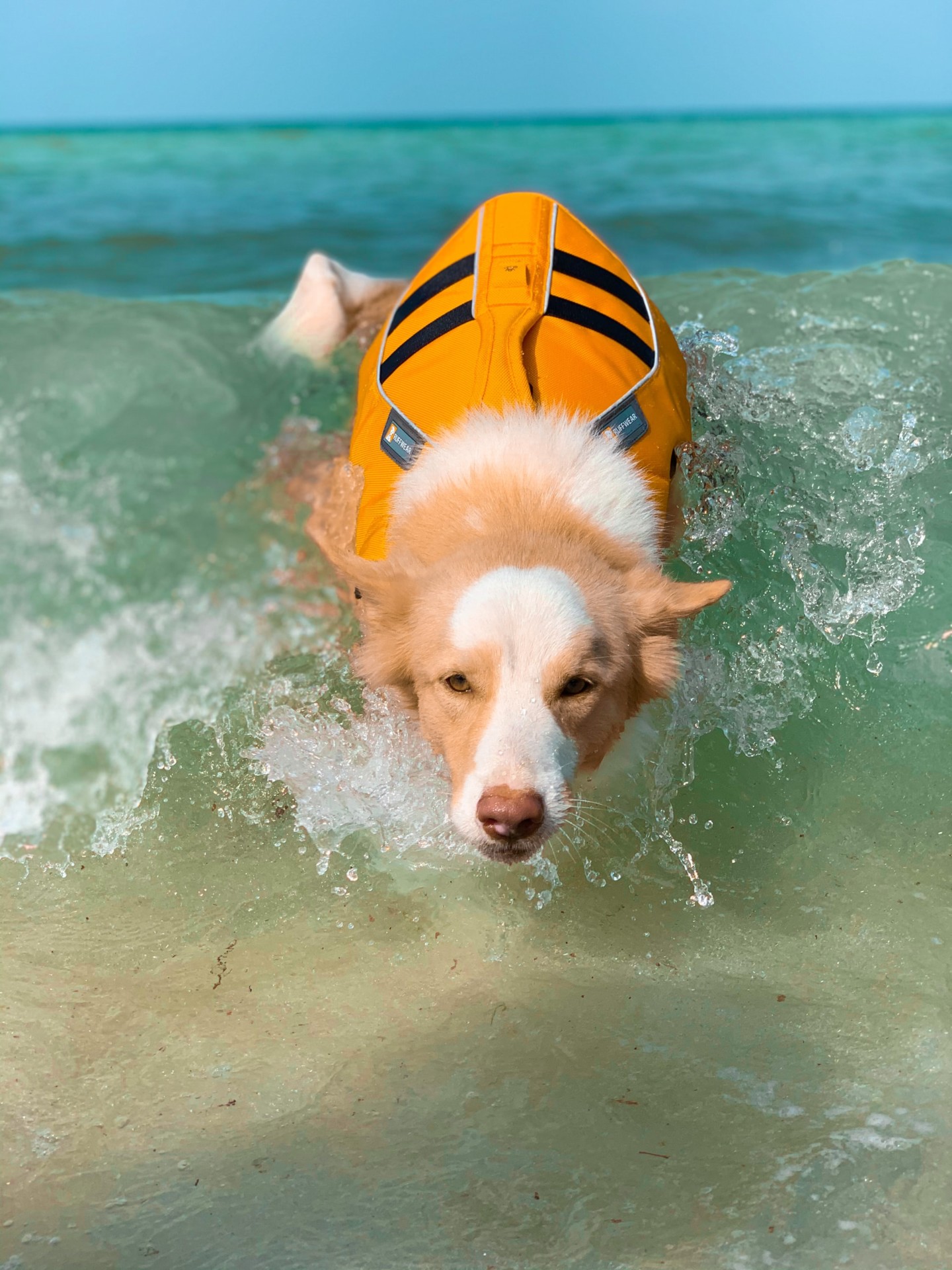
Do Surfers Wear Life Jackets? (7 Reasons Why They Don’t)
-
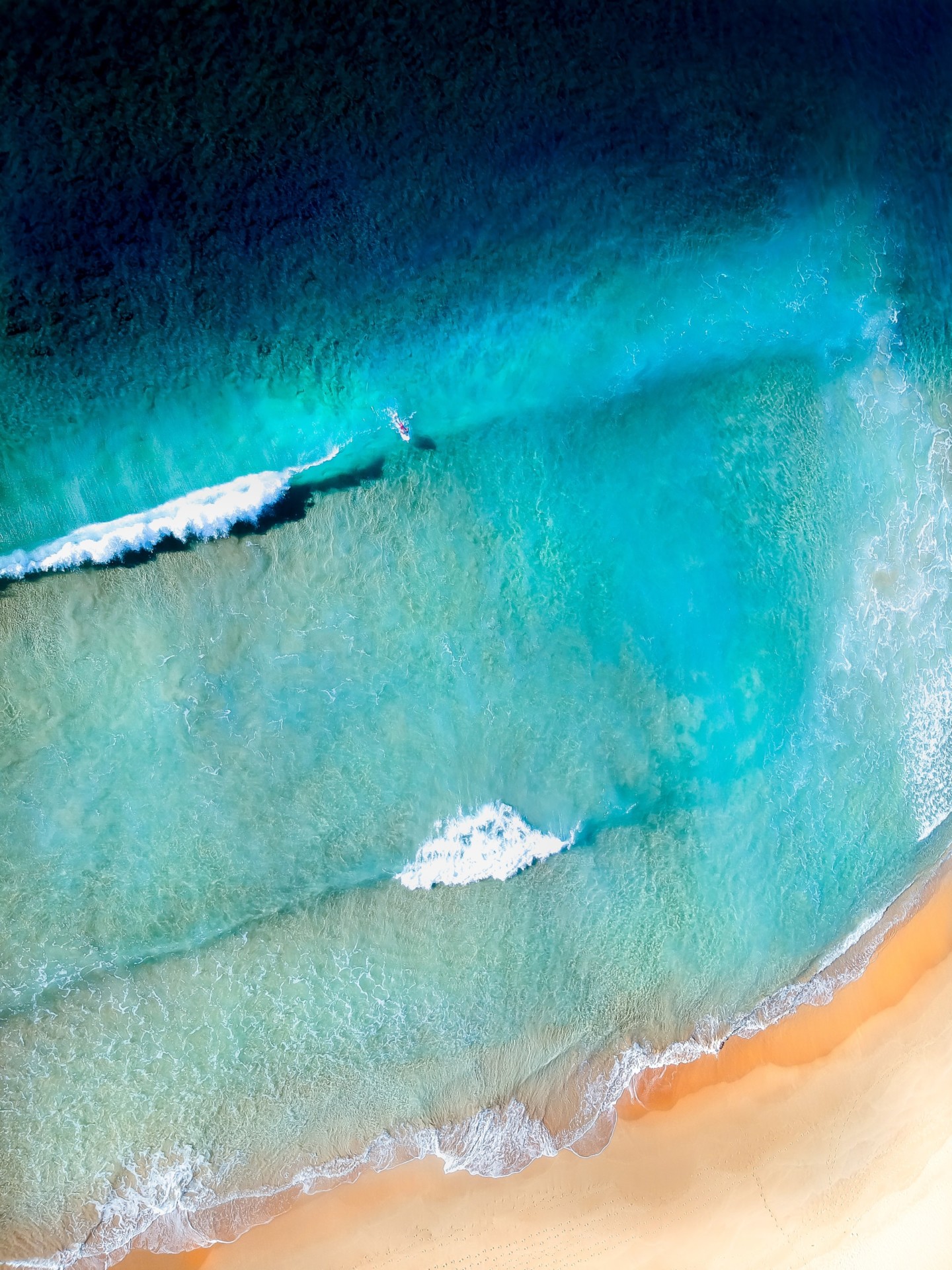
Do Surfers Like Rip Currents? (& How to Use Them Safely)







